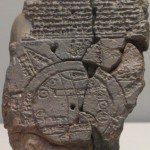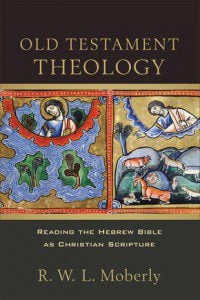In the 80s the methods of Gospel Criticism were pushed off the table in academic circles to make room for the surge and flowering of a bundle of disciplines that reshaped Gospels studies into texts that needed to be studied as works of literature.
How important do you think biblical “scholarship” is to the life of the Church? What is the relationship of the Church to the theological/biblical academic life?
The name for this movement can be roughly called literary or narrative or story criticism. These are not the same, for there are nuances distinguishing them, but roughly they are each concerned with treating the Gospels as texts and not as sources through which we look to see the history of how they came to be.
The focus, again, was on treating each Gospel as a work of art, as a literary whole, and as a story. The major contribution for many was that this current of scholarship gave the books of the Bible back to the reader and said, “Go ahead and read it and tell us what you see as a reader.” Gospel criticism — and the use of methods that tried to figure out what the text looked like before it was written — was a game that could be played only by specialists. Literary critics, of course, are also specialists — but instead of looking behind the text they look at the text.
Major books:
D. Rhoads, D. Mitchie, Mark as Story. This was the ground-breaking work for Gospel studies.
J. Kingsbury, Matthew as Story.
W.S. Kurz, Reading Luke-Acts.
For me the definitive studies for learning about narrative criticism are
Robert Alter, The Art of Biblical Narrative.
Meir Sternberg, The Poetics of Biblical Narrative.











